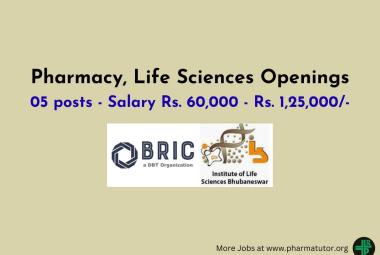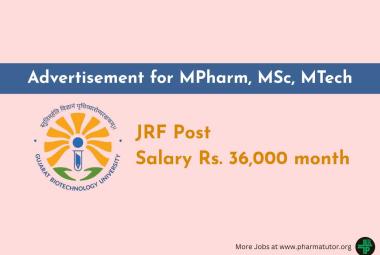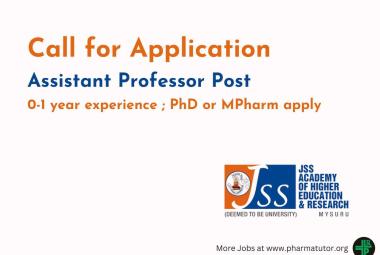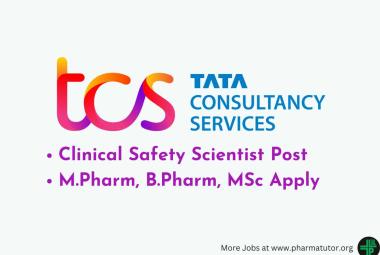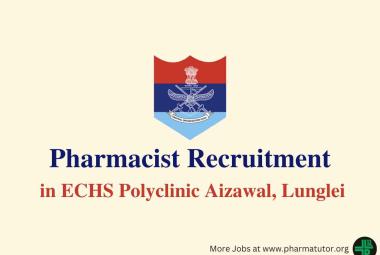A REVIEW ON DEVELOPMENT OF ANTIBIOTIC RESISTANCE AND SURVEY OF PHYSICIANS PRESCRIPTION HABBITS IN MANDSAUR
 About Authors:
About Authors:
Vishal Sharma1*, Alankar Shrivastava2
1Department of Pharmaceutics,
2Senior Lecturer Department of Pharmaceutical Analysis
B.R.NAHATA COLLEGE OF PHARMACY
(A SIRO Recognized by DSIR, Ministry of science & Technology, GOI)
MANDSAUR (M.P.) 458001
*vishus2010@gmail.com
Abstract
Antibiotics are chemical substances, either produced naturally by microorganisms or manufactured synthetically, that are lethal to other microorganisms. Antibiotic resistance (AR) describes the ability of a microorganism to be unaffected by (or resistant to) the effects of a particular antibiotic. A problem arises when a animal or person becomes infected with a disease-causing bacterium that harbors antibiotic resistance to the drug that would be the most suitable treatment for that infection.
India is a vast country of immense diversity.and for that the effectiveness of the antimicrobial was not same to all ,and the administration of them will either really cure or may act in opposite manner and will leads to the development os the antimicrobial resistance which is only due to the unaware use of the antibiotics.we had conducted the survey on some prescriptions of registered medicinal practitioner and find that there was an irrational use of antibiotic in our on community and this might be very serious as our survey is on the smallest level and what it may cause globally.So the use of antibiotic should be controlled.



 About Authors:
About Authors: About Authors:
About Authors: About Authors:
About Authors: